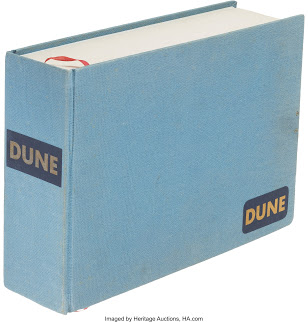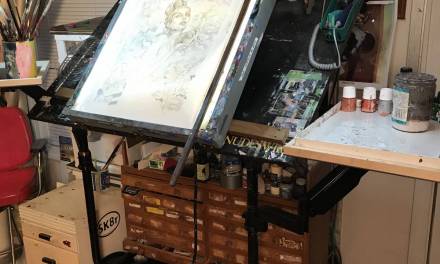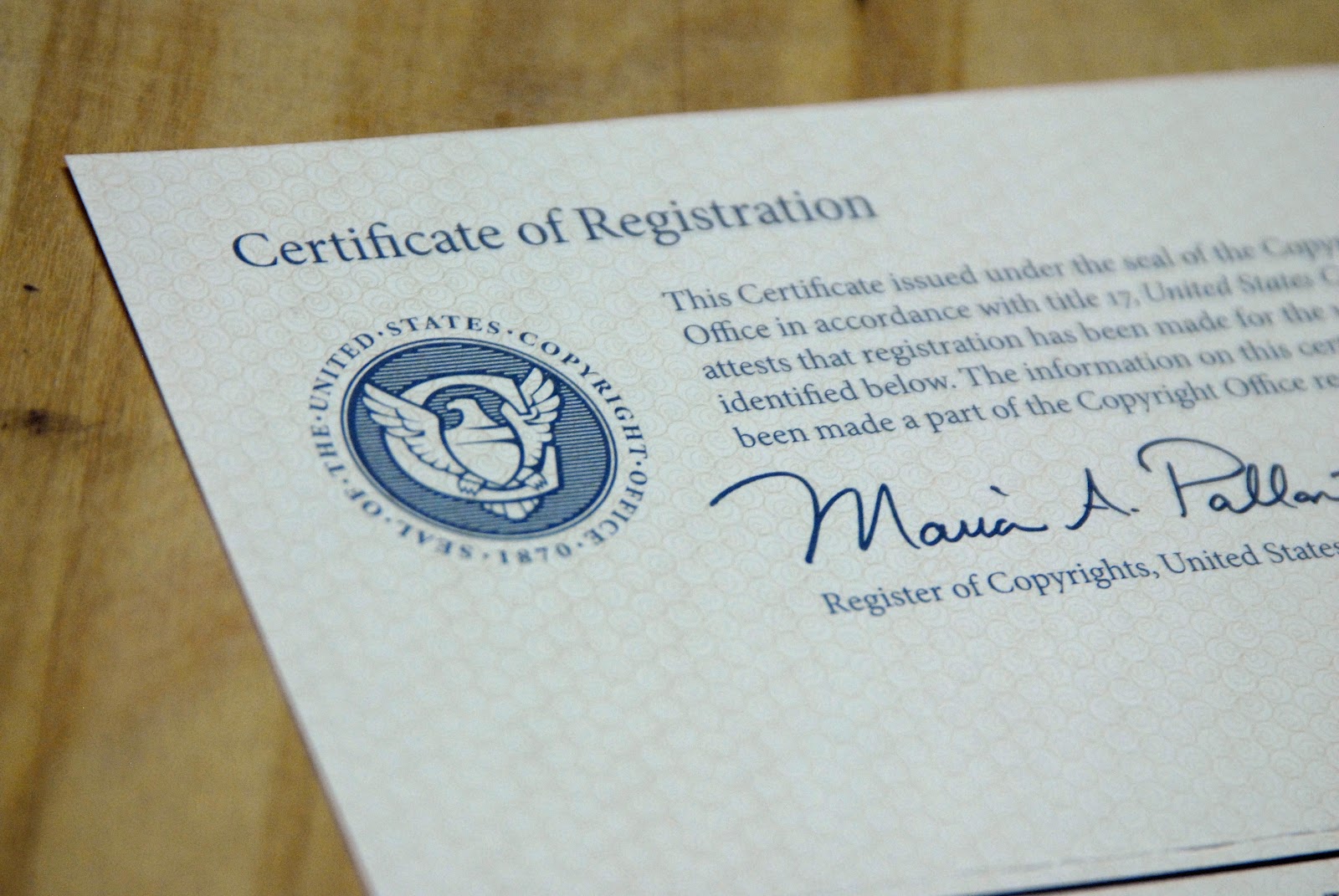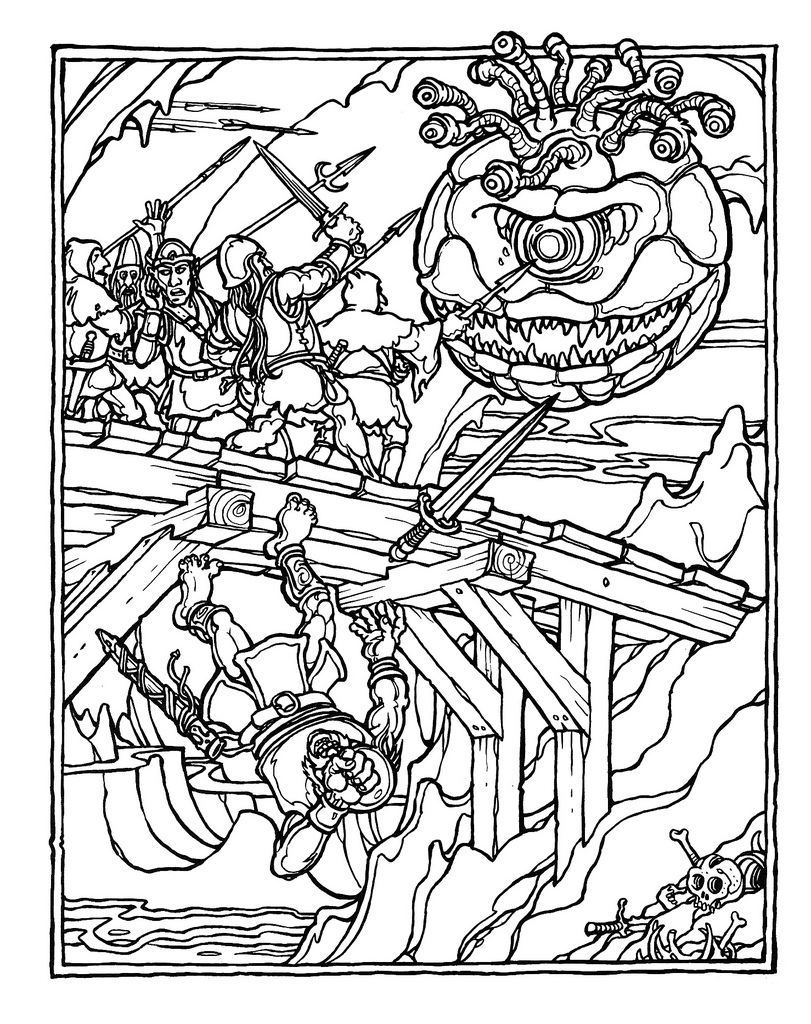I’ve been in quarantine for 41 days now, which means I just beat Noah’s biblical quarantine, and I really wanted to write something deep, and meaningful, and about our collective mental health as artists. But I have to be honest with you, I am burnt out right now. Luckily SFF publishing is doing quite well right now with everyone in quarantine — and I am thrilled to be sending out work steadily to artists through this crisis — but our work has actually increased since quarantine started and the 1-1/2hrs a day I save not putting on outside clothes & commuting just don’t make up for the increase. I’ve also been (virtually) running around pulling together awards shows and crowdcasts to support the art community as best I can, and I am honestly fried.
And honestly, that’s ok. I am trying to balance the desire to be productive in quarantine, which can be a healthy kind of control to cling to in uncertain times, while not guilting myself over needing more breaks for self-care than usual. As the meme I have made my desktop wallpaper says :“It’s OK to NOT be at your MOST PRODUCTIVE during a GLOBAL F*CKING PANDEMIC”
But that’s a whole OTHER muddy colors post. To be continued.
For today, I am focusing on a favorite form of self-care, that also makes me feel a teeny bit productive as well: watching a really good art documentary. Two, in fact. One from a while back I just recently rewatched, and one that acts as a sequel to the first (although it’s not officially a sequel).
If you haven’t seen Jodorowsky’s Dune, then you are in for a treat. Alejandro Jodorowsky is a “visionary” director (I use quotes because he’s also quite a controversial guy, and definitely one of those artists who’s half screwing with his audience/pissing everyone off at any given time) and back in 1975, he wanted to adapt it. It really doesn’t matter if you know the story of Dune or not, because it’s uncertain that Jodorowsky ever really read it so much as fell in love with the idea of it. That part isn’t as important as the fact that in the process of attempting to make the movie he built the most amazing concept art team of all time (Moebius & H. R. Giger for starters), and when the movie failed to get made, all the amazing science fiction artwork and design he had shepherded into creation (mostly by hiring amazing people and getting the hell out of their way) splintered into the next 20 years of blockbuster science fiction movies. Not only bleeding into David Lynch’s Dune that did finally get made in 1984, but also most notably Star Wars in 1977 and Alien in 1979.
If you want to see some of the amazing concept work and storyboards from the infamous pitch book for the project, you can check out the images here (it was also posted here on Muddy Colors just a month back)
This is where Memory: The Origins of Alien immediately picks up the story. When Jodorowsky’s production finally shut down, Dan O’Bannon, who was the visual effects supervisor for that project, ended up broke and homeless and moved in a friend from his film school days, and together they came up with the story that became the movie Alien. The film follows the twisty Hollywood path the story took moving towards screen, but to make a long story short, it ended up with Ridley Scott as Director. Scott was on the exact same page as O’Bannon, and together they championed H. R. Giger’s work as the visual direction, O’Bannon obviously having worked very closely with Giger’s work on the Dune project. Scott seems to have utterly bulldozed through a ton of studio pushback, even to the point of paying out of pocket for all the initial designs Giger did.
Taken together these two documentaries make a complete arc, and you can compare the two projects. Both were successful because the person in charge (Jodorowsky & Scott) trusted artists. They let them do what they do best — dig into their own subconscious, into the collective unconscious, and pull out imagery that is right for the needs of the time, even if they don’t know why it’s right consciously. Where the two projects differed is how well the Director played the “game” — balancing deftly between folding enough to the studios to be seen as capable of being worked with, yet knowing when to have confidence in themselves and their artists and hold their ground. Jodorowsky was always considered too much of a risk, too uncontrollable. Scott balanced perfectly, and Alien got made. Think about how many movies you know that are so strongly a single artist’s style is carried through an entire movie. Not nearly enough. The Artist & the Writer were perfectly paired, digging something out of the anxieties and fears of the time and giving it both the words and the visuals to carry that message through. And it was protected by a Director who aligned with that vision and protected it all the way through. That’s incredibly rare, and it’s the movie’s strength.
So, if you find yourself in quarantine and need to feel both escapist and yet still a little bit productive, check out these movies—they’re available in many of the usual places to stream.








Great article, thank you!